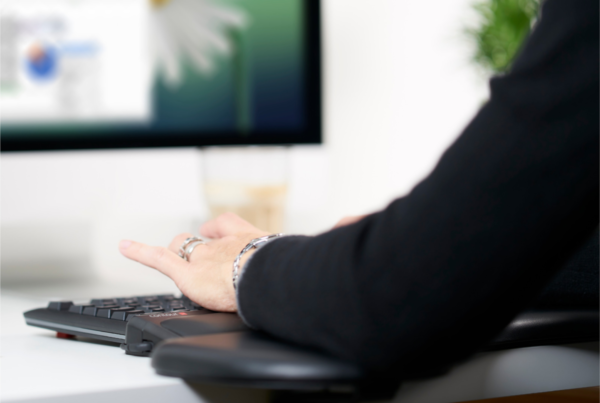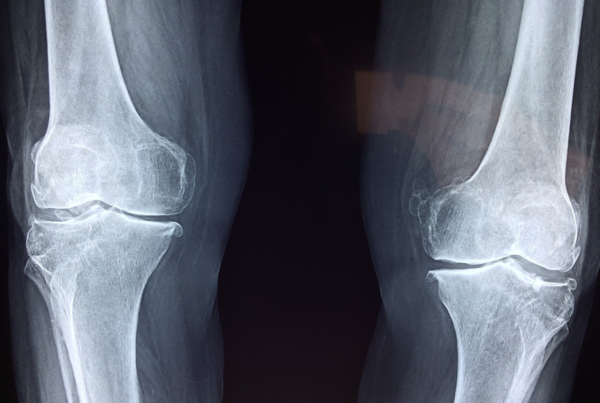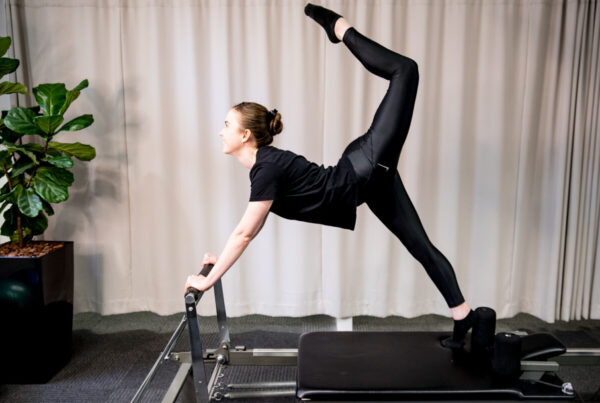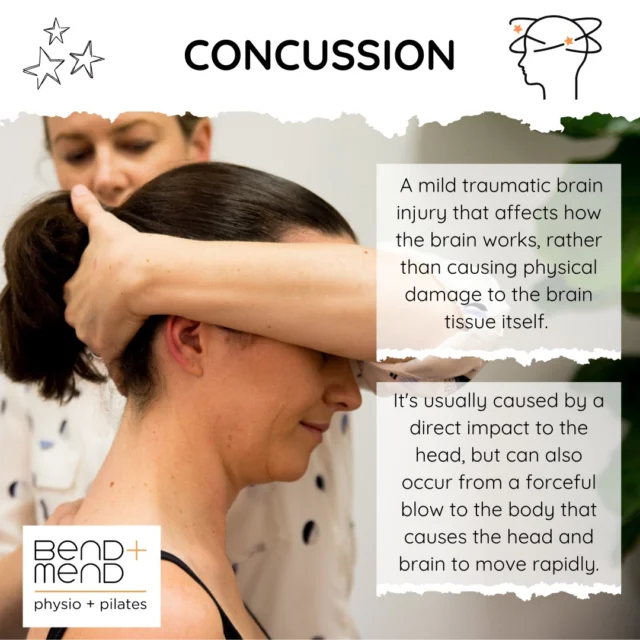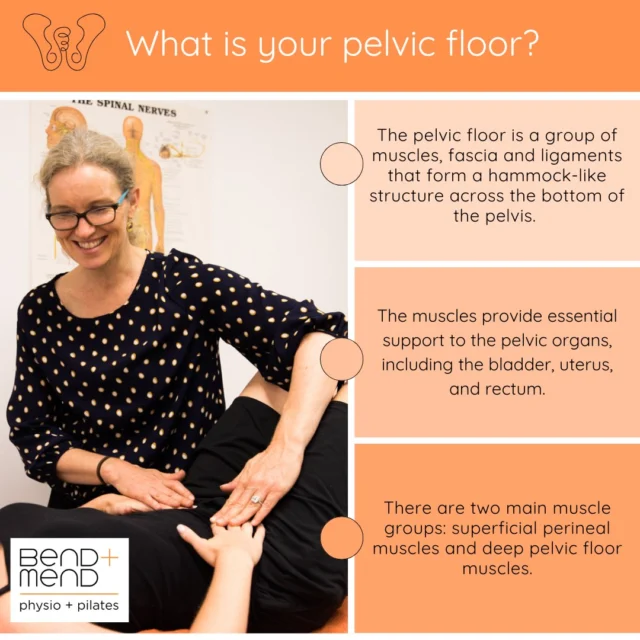If you’ve ever presented to your Physio with groin pain you may have noticed – just for a split second- the look of dread in their eyes…no this is not because we are worried about touching your groin, but because by the time you present to us, it is often more because the ‘groin strain’ just keeps on coming back or you’ve had a mild grumble for a long time until it’s finally forced you to stop.
As most Physios know, this type of groin pain is unlikely to be resolved by a quick rub and a few stretches but will likely take weeks of specific rehab which can be met by a bit of grumbling – from you not your groin. The good news is, once you’re on board, this rehab stuff really works!
So what causes long-standing or recurrent Groin Pain?
One of the common diagnoses is Osteitis Pubis. Osteitis Pubis describes an overuse injury caused by repetitive trauma or overload to the pubic symphysis – the joint at the front of the pelvis. This is actually quite a vague description of what is often the end result of a number of different pathologies. As you can see in the picture there are numerous structures that attach into and around the groin area. The adductor muscles, hip flexor muscles (iliopsoas) and even the abdominals all attach and pull in different directions around the pubic bone at the front of the pelvis.
Any of these muscles can be the original cause of groin pain either from an acute injury that hasn’t been properly rehabilitated, or from overuse usually in sports that involve kicking, fast running and quick changes of direction such as soccer and basketball (although I have recently found even yoga can be too much for an unstable pelvis!). Continuing to play once there is some pain can lead to an imbalance in the structures mentioned above that pull on the pubic bone causing stress. Other factors that can contribute to the stress on the pubic bone include low back dysfunction and poor core stability which puts asymmetrical force through the pelvis. The symptoms are pain on one or both sides of the groin or the front of the hips and tenderness over the pubic bone.
What can we do?
It all sounds bit complicated with eventually many structures becoming involved, and if I’m honest, the rehab can be a bit slow and frustrating but it certainly can be resolved and is well worth the hard yards to finally get on top of a long-standing issue. The goal of treatment is to take the stress off the pubic bone; this means resting from the aggravating sport is really important. Pain-free rehabilitation can commence straight away and will include strengthening of the affected structures (such as adductor muscles) as well as a core stability programme to improve control around the pelvis and ensure the load is distributed evenly. In my experience I have found Clinical Pilates is a great way to incorporate all the aspects of the rehab.
Having to tell a basketballer to stay off the court or a yogi to stop stretching is definitely the worst part of my job but in the case of the grumbling groin the sooner you stop and embrace the Pilates studio the sooner you will be back out there doing what you love!
If you have a “grumbling groin” book in today to see one of Sydney CBD Physiotherapists at Bend + Mend!
